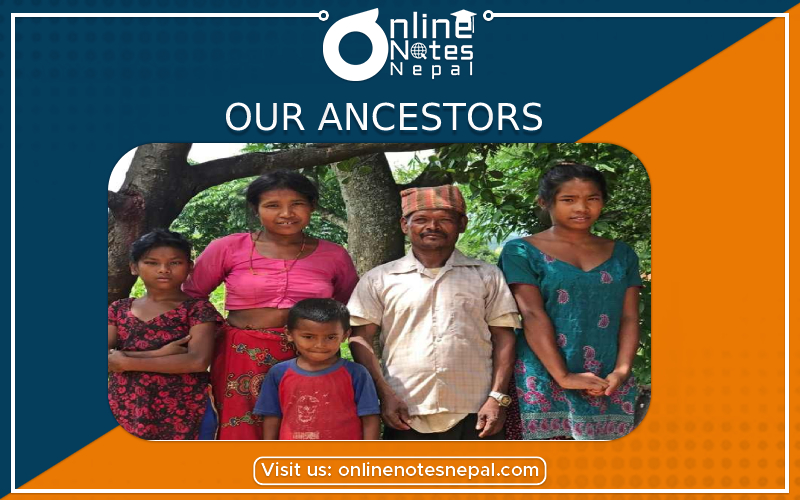Published by: Mandira
Published date: 18 Jan 2022

Nepal is a multicultural, multilingual and multiethnic country. It is beautiful country gifted with innumerable natural resources and bedecked with a number of culture and traditional identities. Nepal history can be divided into 3 periods on the basis of rule by ancestor and time viz- ancient, medieval and modern periods. A number of culture and traditional practice were initiated and former as per the changing pace of time and the pattern of governance in different periods. Whatever and whenever they were initiated, most of the reflect our pattern of our life, custom etc. therefore, they are our guidelines to lead our life with dignity and value.
Cultural and traditional are the patterns of our life they are our identities. Nepal is the rich land of that culture and traditional. Nepalese society was divided into four cast Brahmins, Chhetri baisya, and shudra. Similarly, Brahmins were for conducting religious and rites, chheetri were for fighting, baisas were for doing for agriculture and business and shuddras were for sweeping cleaning and for low respected jobs. This is how the society was divided on the basis of cast and their occupations gradually, it developed as a culture. Nepal is the rich country of culture patterns they are of high value in the team of their uniqueness and originalities. Such practice is seen to culminate during Malla period. Some of them are as follow
The pattern of life and culture practice keep us within the certain boundary, makes us cultural disciplined. This particular notion guides us and it guided during our ancestor time as well. They were cooperative. They use to exchange goods (paicho) to fulfill each other’s needs respect towards the religion, its guideline, values ideal character and moral scrupulousness were highly admirable human value gifted but our ancestor. They even construct pati, pauwas, power temple, gumba etc are focused on the protective and preservation of ancient sculpture and architecture. We even feel today proud of their nature and contribution to Nepalese culture and traditional.
Nepalese society was based on agriculture. People mostly used to live in joint family. The land was distributed unequally. They were enough guiths. The trade was the limit within the Tibet Religious place were to be the place of getting an education. The Sanskrit language got a due value as a royal language due value as a royal language during ancient time. Later Newari and Mathali language were developed and given due value during the Medieval period. Daura sural, topi, Gneu choli, putak, Ghalak etc were the customs people use.festive like celebrated in an accident with religious and their financial strength. There was no discrimination in celebration. The society was highly unified and harmonized .
dhaka topi and gyuneu choli
The formation of law and endorsement was accordance with religion. The punishment was give considering the cast of the accused. Therefore, we see inequality in legal treatment. Uma timilsina of Gorkha is characterized as a practice of giving justice to people ending all kinds of discrimination legal practice. The quarrel of the people in local level use to solve by ‘Panchsamuchya’ according to the principle of decentralization, there was a clear cut designation for of a person to handle the conflicts of a country.
Our cultures and traditional are practices are unique. We should carry them on protecting them without losing their originalities and hand over to the coming generation because they show the Nepalese way and introduce us nationally and internationally